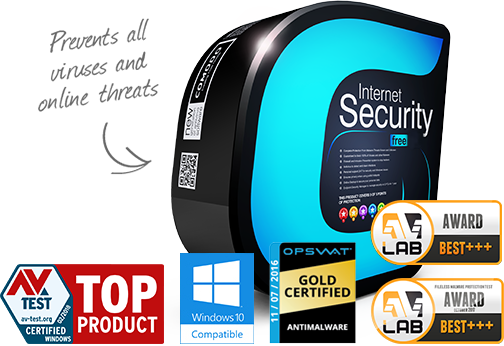- Dec 23, 2014
- 8,908
There is nothing to discuss on the advantage of Hyper-V container technology over Sandboxie. It is clear for anyone who read something about both solutions.I'm right about all of it.
The answer is as simple as I've been making it out. There's no need to over-complicate this.
...
This conversation can go on for decades but the obsession of Sandboxie being more powerful than Microsoft's sandbox technology when Microsoft use dedicated CPU features designed for isolation is shocking.
It is also clear that Hyper-V container allows running much more in the sandbox that it can be run in restricted Sandboxie sandbox.
The rest is speculation which is hard to prove.
I think that bypassing Sandboxie would be in theory much easier than bypassing Hyper-V container. But this is not the same as the probability of bypassing if no one will try to bypass Sandboxie in the wild.
In my opinion, the properly restricted Sandboxie sandbox in the home environment will probably stop a similar amount of malware in the wild (including spying by exploiting the web browser) as the non-restricted Hyper_V container.
Of course, this is my personal opinion and if anyone thinks otherwise, I will not be angry.
Last edited:


